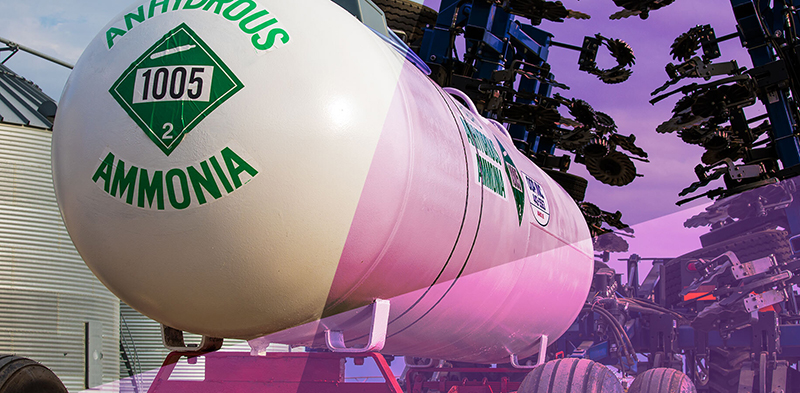Spray Drift: Not Going Away
In story writing, there is always a definite beginning, middle and ending to each tale told. When it comes to telling the tale of spray drift, however, the pattern is much different. According to most tip manufacturers, spray drift has a beginning and a middle, but the ending will always be elusive.
“I believe spray drift challenges will increase every year,” says Carolyn Baecker, president of The CP Products Co., Inc., Tempe, AZ. “The first reason centers on regulatory issues. The EPA still wrestles with label language defining drift in a reasonable way. It isn’t easy. The definition has to be strict enough for enforcement but with parameters reasonable enough to allow spraying to be done. When a definition is finally agreed on, it will be included on chemical labels, but not on all of them all at once. Old labels will not immediately be rewritten. This problem leaves all parties in the industry, including growers, in limbo and vulnerable to litigation.”
As for the second reason for the never-ending nature of the spray drift fight, Baecker points to the litigation itself. “Organizations which want to eliminate production agriculture and any chemical spraying are well-funded,” she says. “Each year, myriad more creative lawsuits are initiated by them. When courts decide against the industry, the result may be restrictions which even conflict with federal laws and guidelines. Again, the industry is left in limbo.”
Reducing Drift
Mark Bartel, a representative for Wilger, Inc., Lexington, TN, agrees. “Interest in drift reduction technologies by regulatory agencies and at the user level has increased due in part to increased pressure from regulations and the general public,” says Bartel. “Users are searching for information to help them make intelligent choices of tips, bodies and technologies to improve application and reduce drift. Users are willing to make adjustments to practices to reduce drift as much as possible.”
According to Bartel, this includes using the technology already available to reduce the chances of spray drift occurring. “A big part of application management including application rate, drift control and runoff is the spray control systems on sprayers,” he says. “Automatic rate controllers are designed to maintain a constant application rate through the normal spraying speed range. However, the changes in pressure results in wide variances in droplet size and subsequent drift potential.”
According to Jennifer Burr, global marketing and communications manager for TeeJet Technologies, Wheaton, IL, technology will always play its role in the spray drift equation. “In our opinion, there is and always will be an ongoing demand for increased technology as it relates to spray drift,” says Burr. “The ability to control drift has increased over the past five years due to the diversity of products and spray tips available to end-users. In the past, drift was controlled in large part by varying your pressure, but these days, taking a look at the different droplet sizes and tip types available, it is apparent we now have much more control.”
To deal with these and other new technologies issues, tip manufacturers believe the industry needs to have some form of continuing education program available for users.
“We need to do a better job of educating the market about nozzles and droplet size, drift and coverage,” says Will Smart, a representative for Greenleaf Technologies, Covington, LA. “Yes, it is a balancing act, but it can be achieved. Ultimately, the challenge is doing a better job of educating everyone that has anything to do with applying ag chemicals about delivering an effective droplet spectrum without going back to the old technology that will get us into problems with drift.”
Michelle Calbeck, market coordinator for Lechler, Inc., St. Charles, IL, agrees.
“Our main issue is to continue to educate growers and their advisors about the nozzle technology that’s available and to select the right part type, size and material that’s best for their cropping practices,” says Calbeck.






